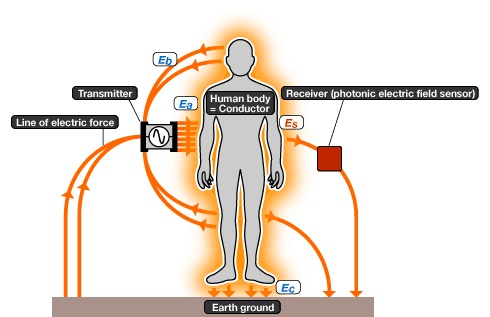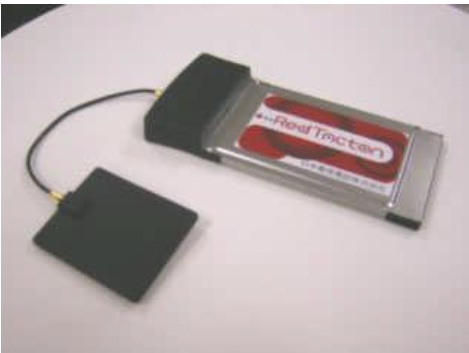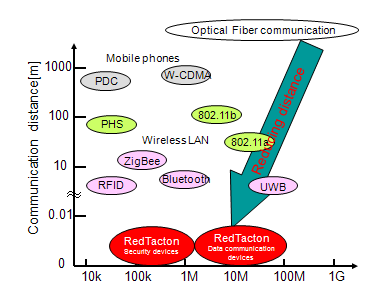Information at fingertips……. Now is the era of widespread computing.
In this modern age of communication, everyone prefers to be interconnected and also requires the information to be accessible at fingertips. This can be made possible through better innovations in networking and communication technologies.
Usually networks are been classified as:
While communication technologies ranges from wired to wireless.
There are many drawbacks in most of the network and communication technologies. Considering it, NTT - Nippon Telegraph and Telephone Corporation in Japan has bought a breakthrough technology using photonic electric field sensors through which better and high speed reliable HAN is made possible.
Redtacton technology is a better and innovative Human Area Networking technology that helps to turn any human body surface to a fast network transmission path.
Meaning
TACTON: - “touch-act-on” or “action triggered by touching”.
RED: - It is an auspicious color.
Principle
Two main reasons that has put a strong need for RedTacton technology into existence are:
Most of the technologies (RFID, IrDA, Bluetooth etc…) have many limitations like network congestion, loss of data and low speed. To allow transmission of data at high speed and operating range, RedTacton technology has been made into existence.
Secure transmission of data is a major concern while using any communication or networking technology. Even though different authenticating, authorization tools (card readers, ATM, etc.), biometric access control systems (fingerprint or retinal scans) are present, in one or the other way most of them are not secure. This has made to the breakthrough of Redtacton technology.
Parts
Transmitter should be with the user and the receiver can be with any device that needs data transfer.

Working

Features
Redtacton communication can be established just through a touch, walk or by stepping, sitting and also through other human movements.
Communication can take place in the duplex and interactive form at fast speed. Also, no deterioration is present in the signal since the human body is the transmission path.
Any transmission media like conductors, dielectrics can be used other than human body. But the limitation is in the conductor length that can be used.
Ability to transmit data from wearable devices on the human body to devices embedded in the environment.
Communication takes place through simple human movements and actions. So there is no need or requirement of cables, cards, or other electronic devices.
Register, configure and set up details for the user can be uploaded to the device at once the device is touched.

The main applications of RedTacton Technology are described below:
When a person stands in front of the panel of an advertisement, details that match the person’s attributes will be displayed automatically. By touching the items, the person can get more information about it.
This technology can be installed in a door, or any other locations where secure access is required. Here each secure access can be done and authenticated through a touch.
Simple handshaking helps in exchanging the data between the mobile terminals on the user.
• Data transfer is faster and easier through this technology.
• Data loss during transfer is less.
• Use of minimum amount of power (of some mili- volt range).
• Security is more.
• It can be useful within few centimeters.
• Effects on human body are still under research.
The chart below shows the comparison of the wireless technologies with the RedTacton technology. In the figure, the RedTacton technology is placed directly between the wired and the wireless communication.

RedTacton technology is a HAN technology providing better performance compared to any other wireless technologies. In terms of communication, security, speed and operating range ,it comes a step forward. Better service, better authentication and simplicity make Redtacton technology to be a breakthrough. Last but not the least, this technology will be an advantage in the future for many applications.
http://www.ijarcsse.com/docs/papers/June2012/Volume_2_issue_6/V2I600237.pdf
http://www.ijettjournal.org/volume-4/issue-4/IJETT-V4I4P360.pdf